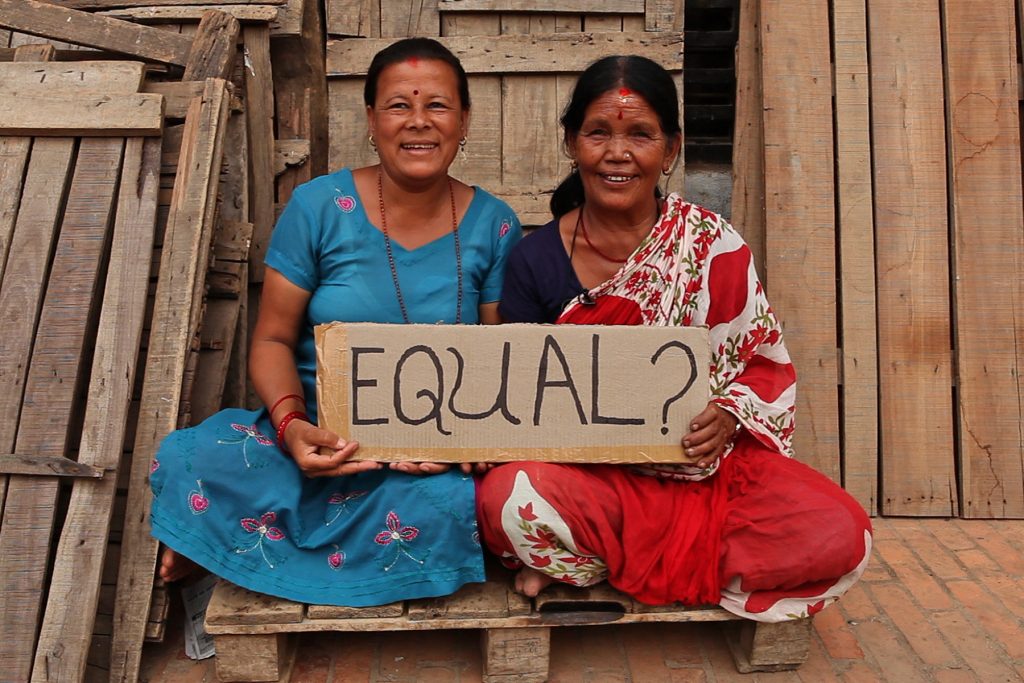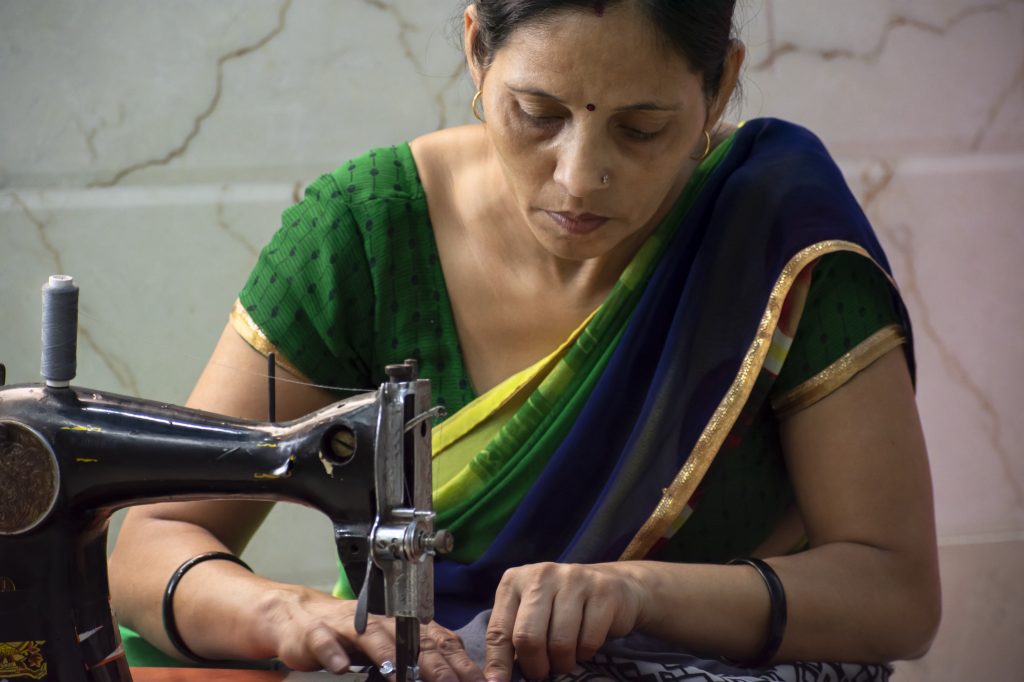At Equalis, we work with government, multilateral agencies, non-government organisations and the private sector to drive intersectional gender equality and inclusion. We build multi-stakeholder partnerships to help drive systemic change in the thinking, culture and practices that reinforce the barriers to intersectional gender equality and inclusion. We recognise that this will improve access to decent jobs and equal pay, create safe workplaces, support equality in labour force participation and shift harmful gender norms.
What Drives Us
Despite a regional economic growth, that is well above the global rate of 3.8 per cent, gender inequality remains an issue of primary concern in the Asia Pacific.
At 27.9 per cent, the female labour force participation rate in Southern Asia is among the world’s lowest (behind only the Arab States and Northern Africa). What’s more, the rate has shown a downward trend since the early 2000s, demonstrating the firmly embedded structural blockage to women’s work in the subregion.1

In Asia and the Pacific, violence against women and girls remains unacceptably high. Over 37 percent of women in South Asia, 40 percent of women in South East Asia and 68 percent of women in the Pacific have experienced violence at the hands of their intimate partners. Violence against women and girls is a major impediment to women’s empowerment, gender equality and sustainable development. Globally, violence against women and girls (VAWG) is estimated to cost countries up to 3.7 per cent of gross domestic product (GDP) due to loss of incomes, opportunities and workplace productivity.2
According to the International Labour Organisation (ILO), at any given time an estimated 40.3 million people globally are in modern slavery. Approximately 30 million are women and girls being trafficked for sex, forced and bonded labor and domestic servitude. While diverse women continue to have fewer economic rights and less control over economic resources and opportunities than men, modern slavery will continue.
By forming committed partnerships we can change this picture. It is estimated that by advancing equality for diverse women, $4.5 trillion of additional annual GDP in 2025 could be added to the economies of Asia Pacific or 12% above business-as-usual GDP in 2025.3

Countries cannot move forward when one in every two people lacks the opportunities and skills needed to live a productive life and a life where you are free to make informed choices. The evidence is overwhelming and clear: diverse women’s empowerment and gender equality drives social and economic progress.
References
The lived experience of millions of women is that their entry and ongoing participation in the economy depends not only on access to education but also enjoyment of their right to a life free of all forms of gender-based violence, their sexual and reproductive health rights, and a reduction in the burden of unpaid care work. Such changes require addressing structural inequalities, including breaking down harmful gender social norms.
Dr Anu Mundkur

